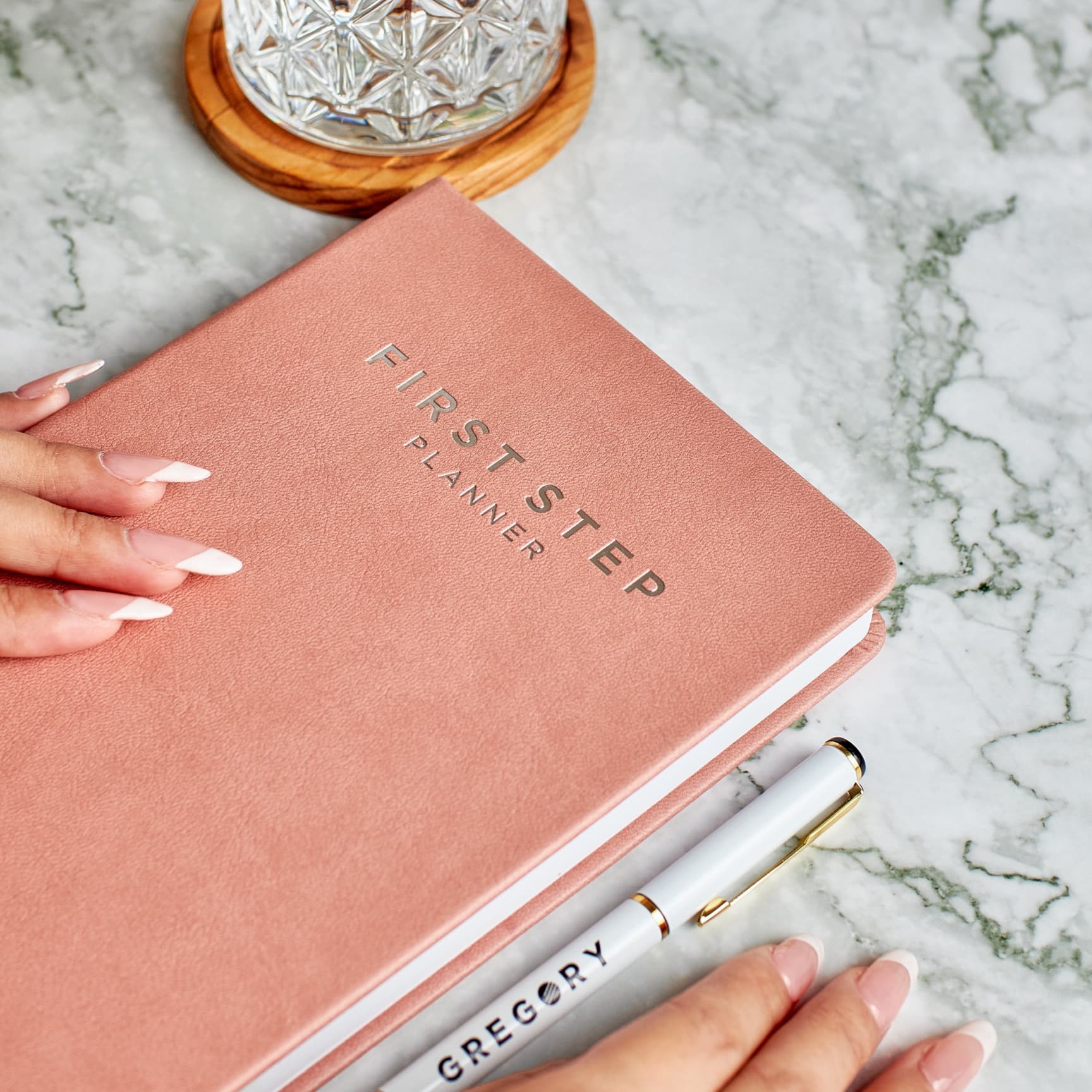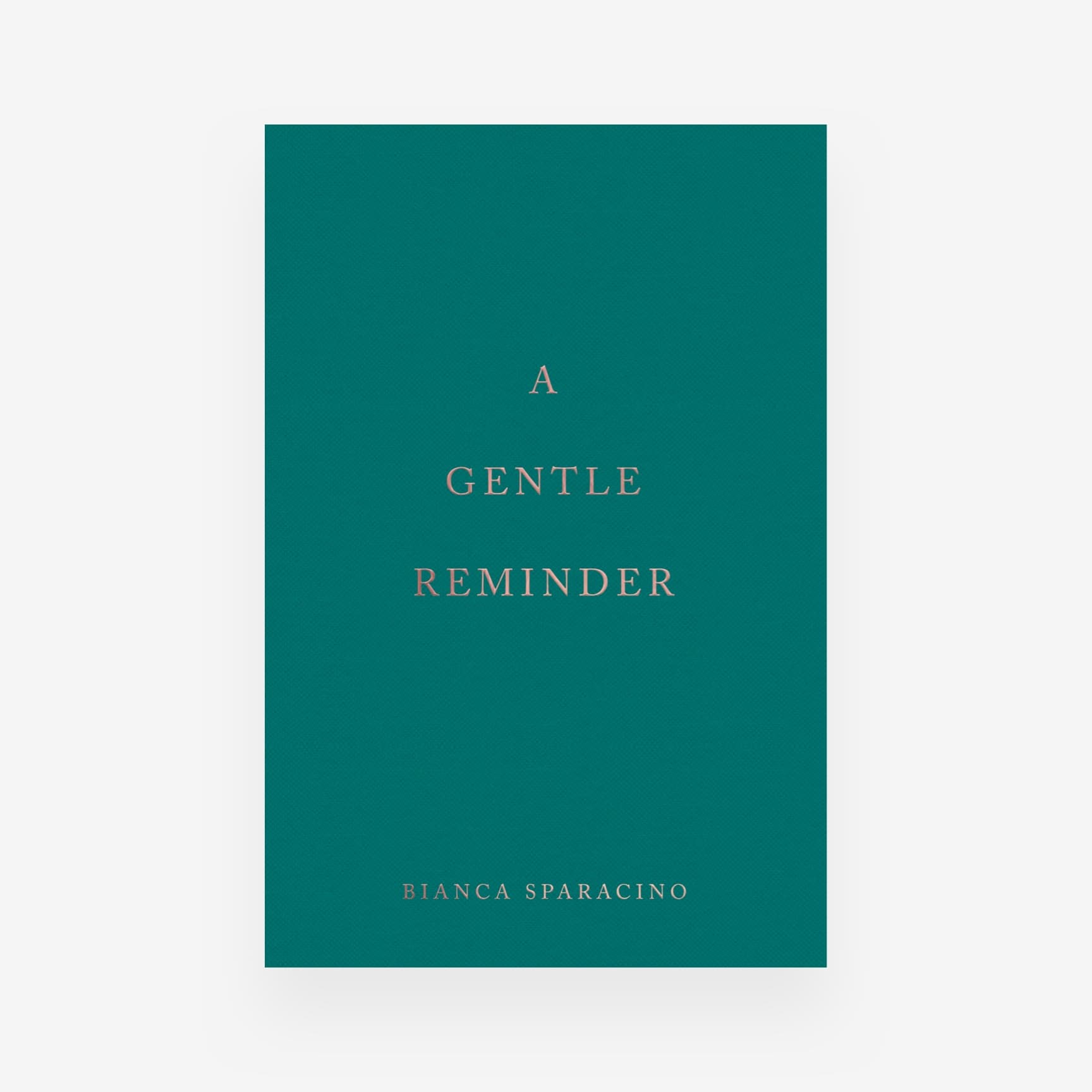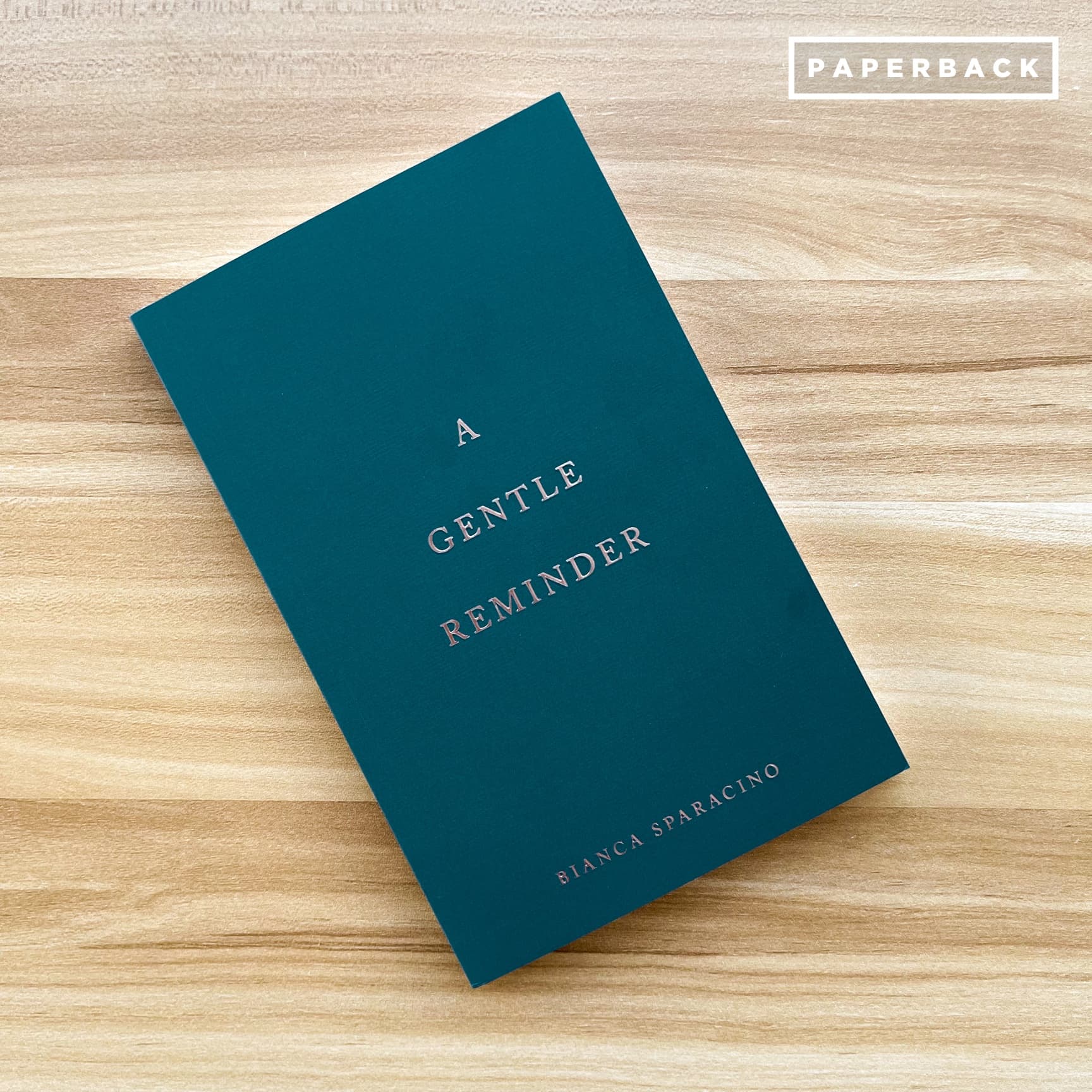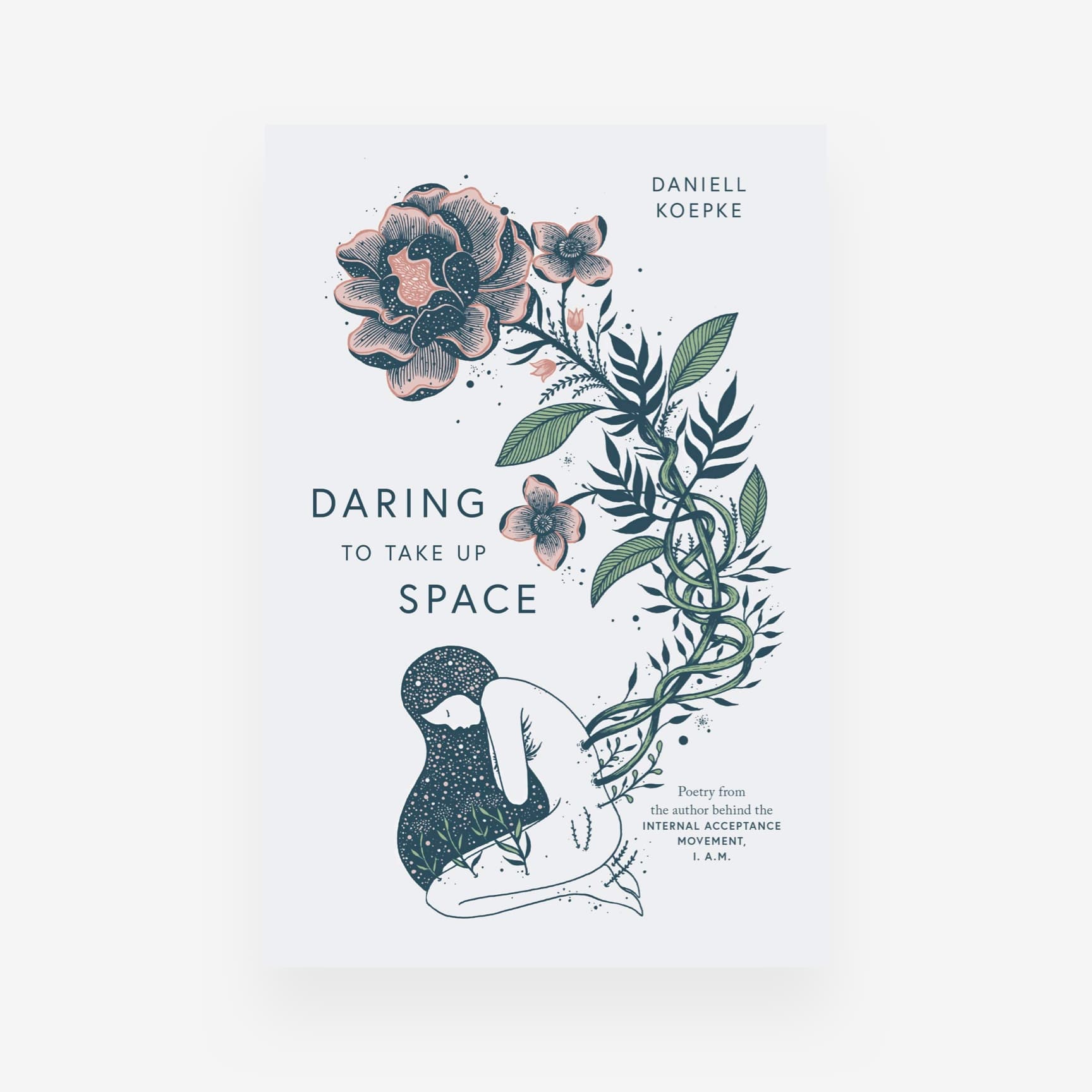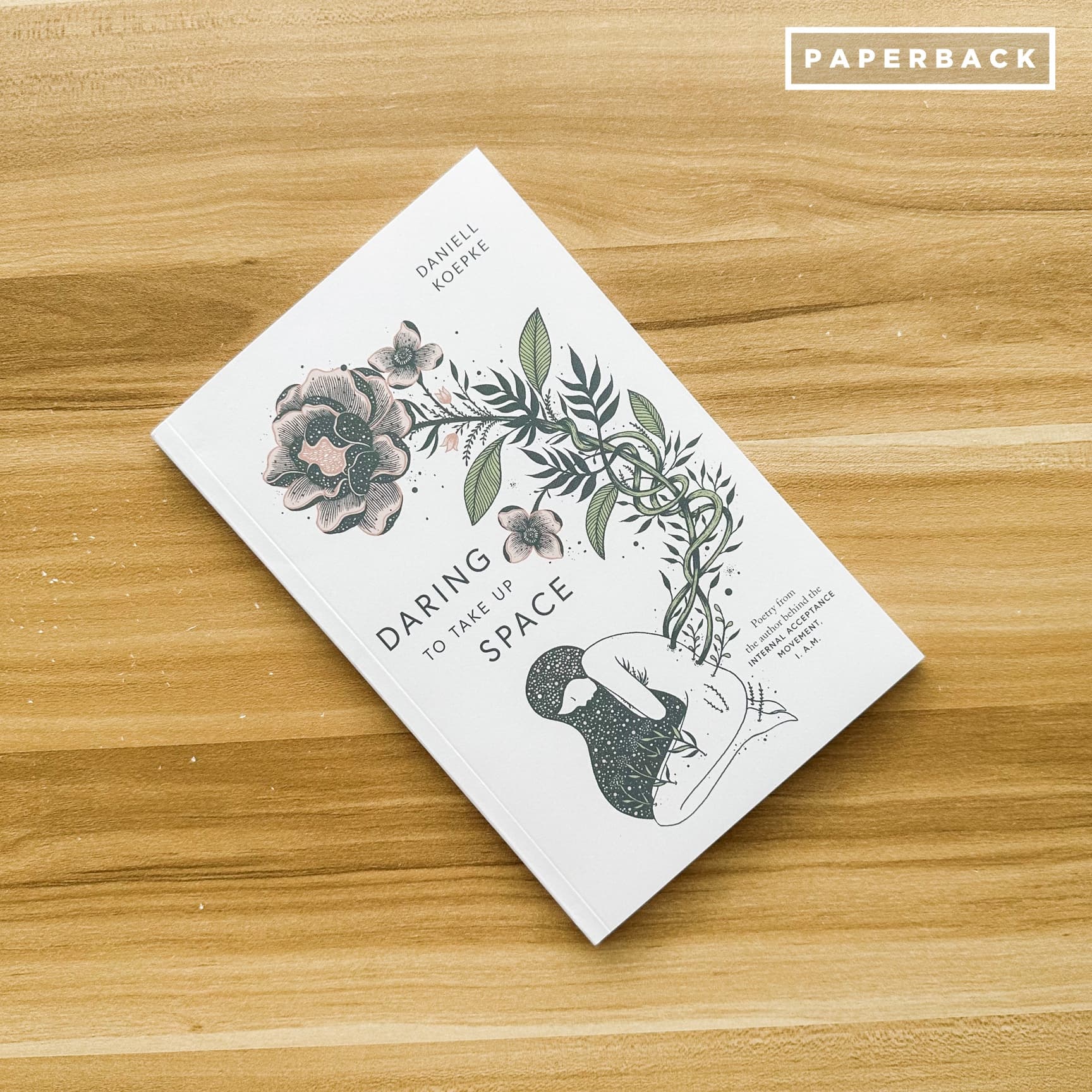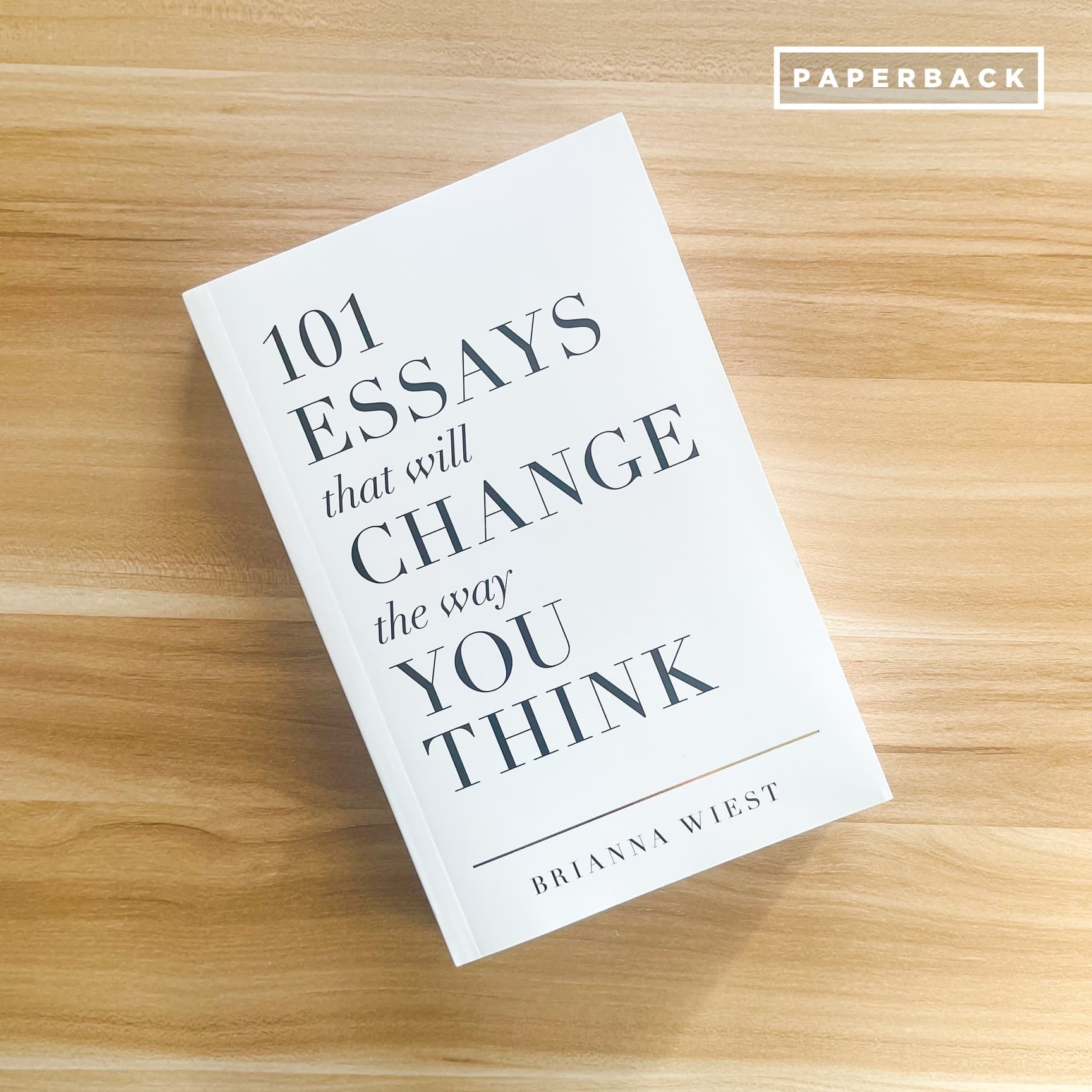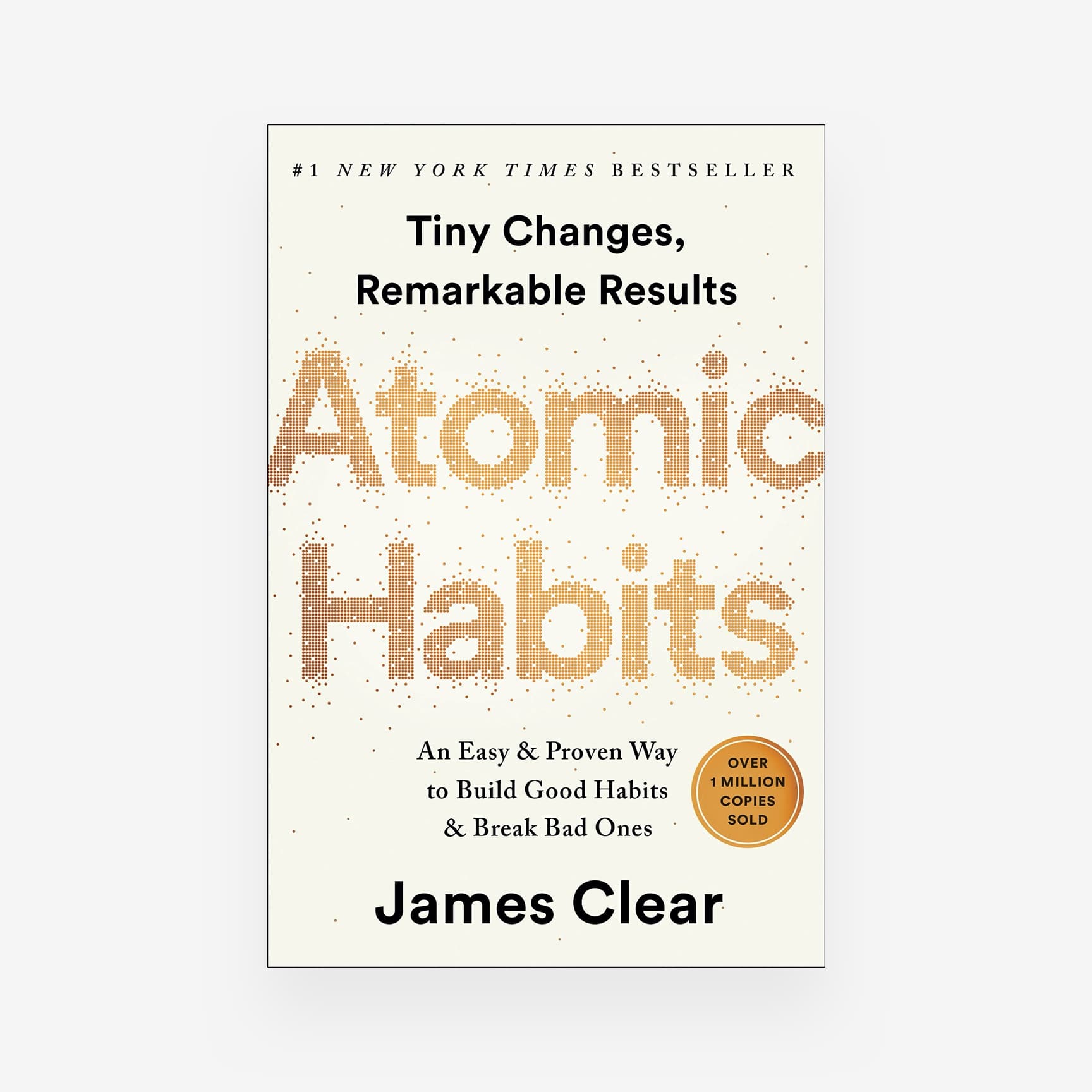Kids may not always have the words to say, “I’m overwhelmed,” or “I’m anxious,” but their little bodies feel it—and often act it out through tantrums, restlessness, or withdrawal. One of the most gentle yet powerful tools we can give them is the ability to breathe with intention.
Breathing exercises aren’t just for adults. In fact, for kids, they’re like mini superpowers that can help them calm down, refocus, and feel safe in their bodies. And the best part? They're easy, free, and can be done anytime, anywhere.
In this article, you’ll learn 7 simple, fun, and effective breathing exercises for kids—backed by child development research and made for real-life situations, from the classroom to bedtime.
Why Breathing Exercises Matter for Kids
Breathing may seem automatic (and it is), but mindful breathing teaches kids how to regulate their nervous systems—something their brains are still learning to do.
According to the Harvard Center on the Developing Child, techniques like deep breathing activate the parasympathetic nervous system (the “rest and digest” mode), helping lower cortisol (the stress hormone) and increase emotional regulation.
This is especially helpful for kids who:
-
Get easily frustrated or anxious
-
Have trouble concentrating
-
Struggle with transitions or routines
-
Experience sensory overload
-
Need help winding down at night
The key is to make these exercises age-appropriate, visual, and playful—so kids want to try them again and again.
Let’s dive into the exercises!
1. Belly Breathing (a.k.a. Balloon Breathing)
Best for: Calming down, especially during meltdowns or transitions
Ages: 3+
How to do it:
-
Have the child lie down or sit comfortably.
-
Place a small stuffed toy or their hand on their belly.
-
Inhale through the nose slowly for 3–4 seconds, watching the belly rise like a balloon.
-
Exhale gently through the mouth, watching the belly fall.
-
Repeat for 5–10 breaths.
Why it works:
This exercise teaches diaphragmatic breathing, which helps reduce anxiety and regulate heart rate. Visualizing the rise and fall makes it easier for young kids to grasp.
2. Smell the Flower, Blow Out the Candle
Best for: Teaching breath control to young kids in a fun way
Ages: 3–7
How to do it:
-
Tell your child to pretend they’re holding a flower in one hand and a birthday candle in the other.
-
Inhale through the nose as if smelling the flower.
-
Exhale through the mouth like they’re gently blowing out the candle.
-
Repeat 4–5 times.
Why it works:
This storytelling technique engages the imagination while building breath awareness. It’s especially helpful before school, bedtime, or during moments of frustration.
3. Box Breathing (Square Breathing)
Best for: Older kids needing to regain focus or reduce anxiety
Ages: 6+
How to do it:
-
Inhale for 4 seconds
-
Hold the breath for 4 seconds
-
Exhale for 4 seconds
-
Hold again for 4 seconds
-
Repeat 3–5 rounds
Encourage the child to trace a square in the air or on paper with their finger as they breathe.
Why it works:
Originally used by Navy SEALs, this technique balances oxygen and calms the nervous system. It’s great for test anxiety, overstimulation, or even just transitioning from playtime to focus time.
4. Rainbow Breathing
Best for: Morning routines, stretching, or transitions
Ages: 4–10
How to do it:
-
Stand or sit with arms at your sides.
-
Inhale slowly and raise both arms overhead like drawing a rainbow.
-
Exhale and bring your arms back down.
-
Repeat 5–7 times.
You can even say a color of the rainbow with each breath: "Red... Orange... Yellow..."
Why it works:
This combines movement and breath, which helps kids who are kinesthetic learners or full of energy. It also improves body awareness and balance.
5. Bumblebee Breathing (Bhramari)
Best for: Calming sensory overload, anxious thoughts, or helping with bedtime
Ages: 5+
How to do it:
-
Inhale deeply through the nose.
-
As you exhale, make a humming “mmmm” or “buzzing” sound like a bumblebee.
-
Optionally, cover your ears lightly with your hands to enhance the vibration.
-
Repeat 4–6 times.
Why it works:
The vibrations stimulate the vagus nerve, which plays a big role in calming the body and mind. Kids often find the sound soothing, and the vibrations feel grounding.
6. Teddy Bear Breathing
Best for: Bedtime relaxation or calming big emotions
Ages: 3–8
How to do it:
-
Have your child lie down with their favorite teddy bear or stuffed toy on their belly.
-
Ask them to breathe in and out slowly, watching the toy rise and fall.
-
Try a gentle count: “Breathe in 1-2-3... Breathe out 1-2-3…”
-
Continue for a few minutes.
Why it works:
This is a variation of belly breathing with a comforting visual cue. It turns breathing into a game, making it ideal for younger kids who need reassurance.
7. Five-Finger Breathing
Best for: Managing stress or anxiety on the go (school, car rides, etc.)
Ages: 6+
How to do it:
-
Hold up one hand, fingers spread wide.
-
With the other hand, use your pointer finger to trace the outline of your spread hand.
-
Inhale while tracing up a finger, exhale while tracing down.
-
Continue for all five fingers.
Why it works:
The tactile focus plus rhythmic breathing helps ground children in the present moment and soothes racing thoughts. It’s perfect for older kids who are learning self-regulation techniques.
Tips for Teaching Kids to Breathe Mindfully
-
Make it playful. Use props, toys, and imagination to keep things fun.
-
Model the behavior. Kids mirror adults. Practice the breathing with them.
-
Use daily touchpoints. Add a short breathing moment after brushing teeth, before homework, or during storytime.
-
Validate emotions. Before guiding them to breathe, acknowledge what they’re feeling. Say, “It’s okay to feel upset. Let’s breathe together.”
-
Keep it short. For young kids, even just 1–2 minutes of breathing can make a big impact.
Final Thought: Helping Kids Build Inner Calm, One Breath at a Time
Teaching children how to slow down and breathe isn’t just about calming them in the moment—it’s about giving them a lifelong tool for emotional awareness and self-control.
Whether it’s a stressful school day, a rough morning, or a tantrum in progress, breathing exercises give kids a way to pause, reset, and remember: they are safe, strong, and capable.
As adults, we may not always be able to remove every challenge from a child’s path—but we can equip them with skills to walk through it with courage and calm.
Start with one breath. And let them see that peace is always just a breath away.

